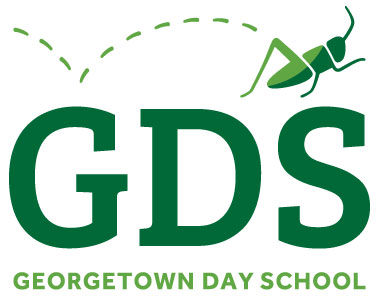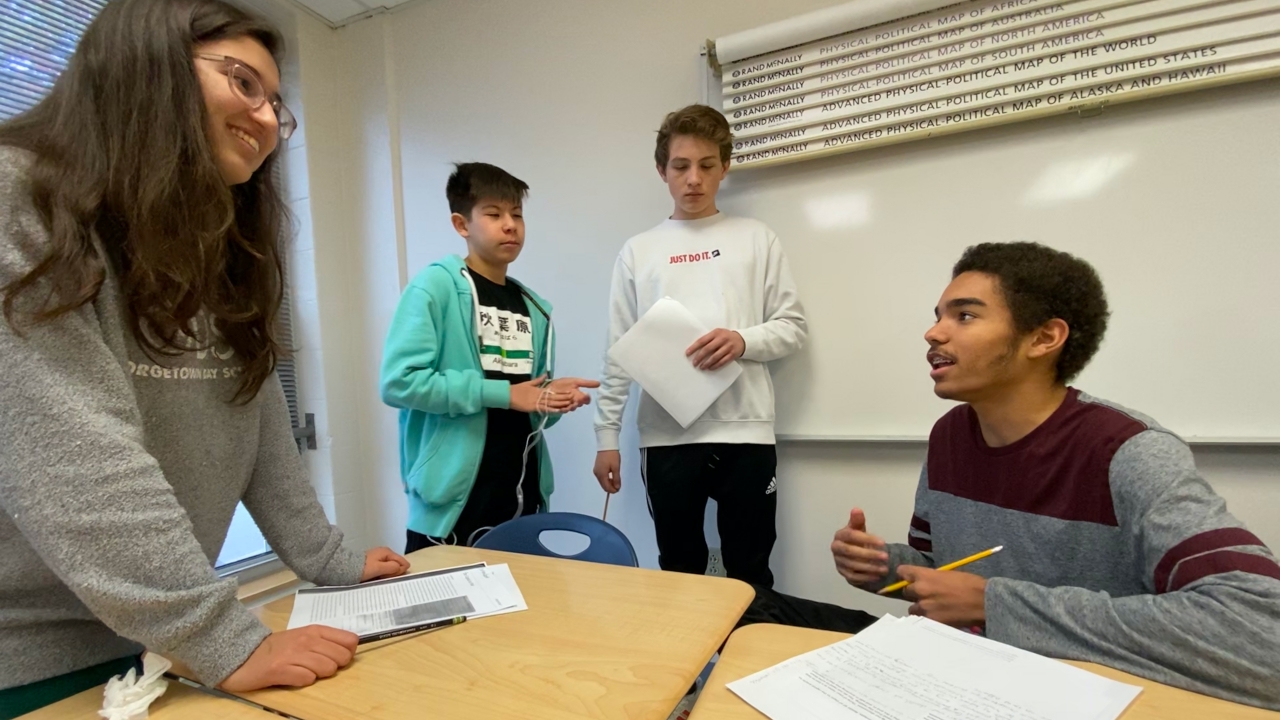Our Communities and Change 9th grade History course is anchored on several essential questions designed to delve deeply into meanings and implications of historical events. Embedded within these questions are core concepts we continually refer to as we explore historical continuity and change. Those core concepts are: power, agency, structure, community, and inequality.
I did not want my students to embody the “you keep using that word, but I’m not sure you understand what it means” meme. I wanted them to have a solid theoretical foundation, grasp the nuances of the core concepts, and feel comfortable using these terms throughout the year. In order to achieve that, I created an activity for our second class of the year that prompted my students to engage with the core concepts in a meaningful and intensive way. What follows is a description of that activity, with the added benefit of students’ reactions to this experience, via a post-activity survey.
When students walked in, the five core concepts were written on the board. I had selected several quotes (unbeknownst to them, from a variety of graduate school-level readings) that illustrated or described aspects of each concept, and written them in tiny pieces of paper, which I raffled off for added excitement. Every student received a quote. They were to read it and figure out which core concept it matched, then find other students who had quotes about that same concept and form a small group (2-3 students). After I verified that everyone was in the right group, students discussed and shared their quotes within their groups, came up with a definition for the group’s core concept in their own words, and then created a scenario that illustrated their concept.
Each group shared its definition and performed its skit for the rest of the class. This was followed by a class wide discussion during which we clarified any misconceptions. I probed to confirm that everyone in the class understood every core concept, not just the one they had worked with in their own group. Lastly, I asked them to try to “connect” with other groups by accurately explaining how their concepts were related. The goal was to have everyone join in, leading to an understanding of how these concepts are also interrelated.
Note that there was no “googling” of our key concepts. This was intentionally designed as a “low tech” and “high interaction” activity. Definitions were not “given” or “found.” Students were not passively receiving the information. They were articulating definitions based on their interpretations of quotes and their conversations with other students and me. This was a lived experience in the classroom that facilitated students’ increased awareness of their capacity to think and create meaning, which is a great step to take as a ninth grader.
While this was intellectually challenging, it was also an excellent ice-breaker to get students to collaborate and participate in class. Since everyone had to engage with the material, and with each other when we were just starting out as a group, it has felt natural to continue to do so moving forward. Students also grasped that learning history could be fun and interactive. This activity set a great tone for the year, with just the right balance of hard work and play. For instance, Kofi Pobee, who played Zeus during his group’s skit illustrating how people are distinctly positioned within existing societal and power structures, shared: “It felt good because I was learning but at the same time I was having a good time.” Adam Harris also noted: “It felt like we were learning in a new, fun, and interesting way.” Ava Blum explained: “I was excited. At first I was nervous because I kept matching concepts to the wrong quote because I did not yet understand, but the group work, presentations, and discussion really helped me and now I have a full understanding of all the key concepts.”
It was not an easy ride. Some students noted they felt “a bit lost” at first. Others shared it felt a “bit overwhelming” because there were time constraints for them to come up with definitions and a skit, and the quotes were dense. Others noticed how this was also difficult socially. For instance, Mila Noshirvani shared: “The part that was difficult for me as a new student to GDS was performing the skit in front of my new classmates.” Sofia Papageorgiou also described this as a social and emotional experience, noting “it as a creative bonding activity that also resulted in us learning.” In a safe space and with support, my students moved outside of their comfort zones and experienced growth.
This classroom experience highlights the advantages of having students actively figure out and construct meaning through thinking, dialogue, and interaction instead of having them simply look up information to find answers. There is much to be gained, academically, socially, and emotionally, from these student-centered, low-tech activities. Engaging with this activity right at the beginning of the term also led to us to rapidly become comfortable with each other. To date, all of my students, regardless of personality traits (some are shy and some are outgoing), are active and regular participants in class discussions. They are also quite adept at identifying and interconnecting issues of power, agency, structure, inequality and at understanding communities (how they are built, what drives them, how they change and how they also remain the same).



